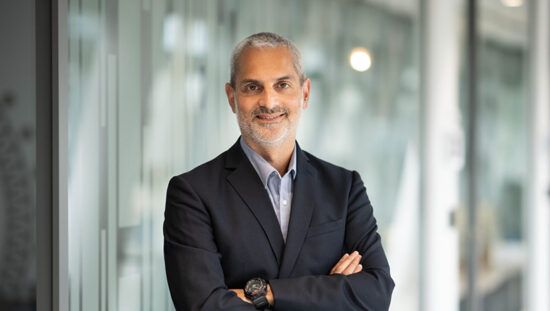Investors and financial advisers focused on environmental, social and governance strategies are stepping up their game and broadening their focus, according to the latest research from the Global Impact Investing Network, known as GIIN.
The new report, which was published Thursday, shows that ESG investors are exercising a “multi-dimensional approach to their decision making” regarding financial and impact performance.
Contrary to what some might assume about impact investors, financial performance is often the top priority, said Amit Bouri, chief executive of GIIN.
“We find that the vast majority of impact investors are seeking competitive returns,” he said, underscoring what might not seem obvious to most non-ESG investors.
The research, which integrates several research studies, breaks down the multifaceted approach most impact investors adhere to when allocating assets.
“Financial performance is always top of mind, but in practice investors are weighing six different dimensions,” Bouri explained.
The six dimensions include: financial return objectives, impact objectives, financial risk tolerance, impact risk tolerance, resource capacity and liquidity constraints.
“This framework outlines the different dimensions that impact investors consider,” Bouri said.
For example, on one end of the continuum, there is the impact-first group of investors, which could include entities like the Bill and Melinda Gates Foundation.
“They will identify objectives that fit first,” Bouri said. “A lot of high-net-worth investors are like that, as well. But the vast majority of impact investors are finance-first.”
The other end of the continuum will more likely be populated with pension funds, endowments and other stewards of capital that are mandated to focus first on financial performance and will then identify ways to achieve a desired impact.
“We are peeling back the layers and talking about how this is happening,” Bouri said. “There’s more evidence that investors are achieving their financial objectives, which has bolstered impact investing for serious investors. Also, all the mainstream institutions that are active in impact investing have either maintained or expanded their investments. That suggests they’re getting what they need.”
[Video: Shundrawn Thomas on how silence prevents needed inclusion conversations]








